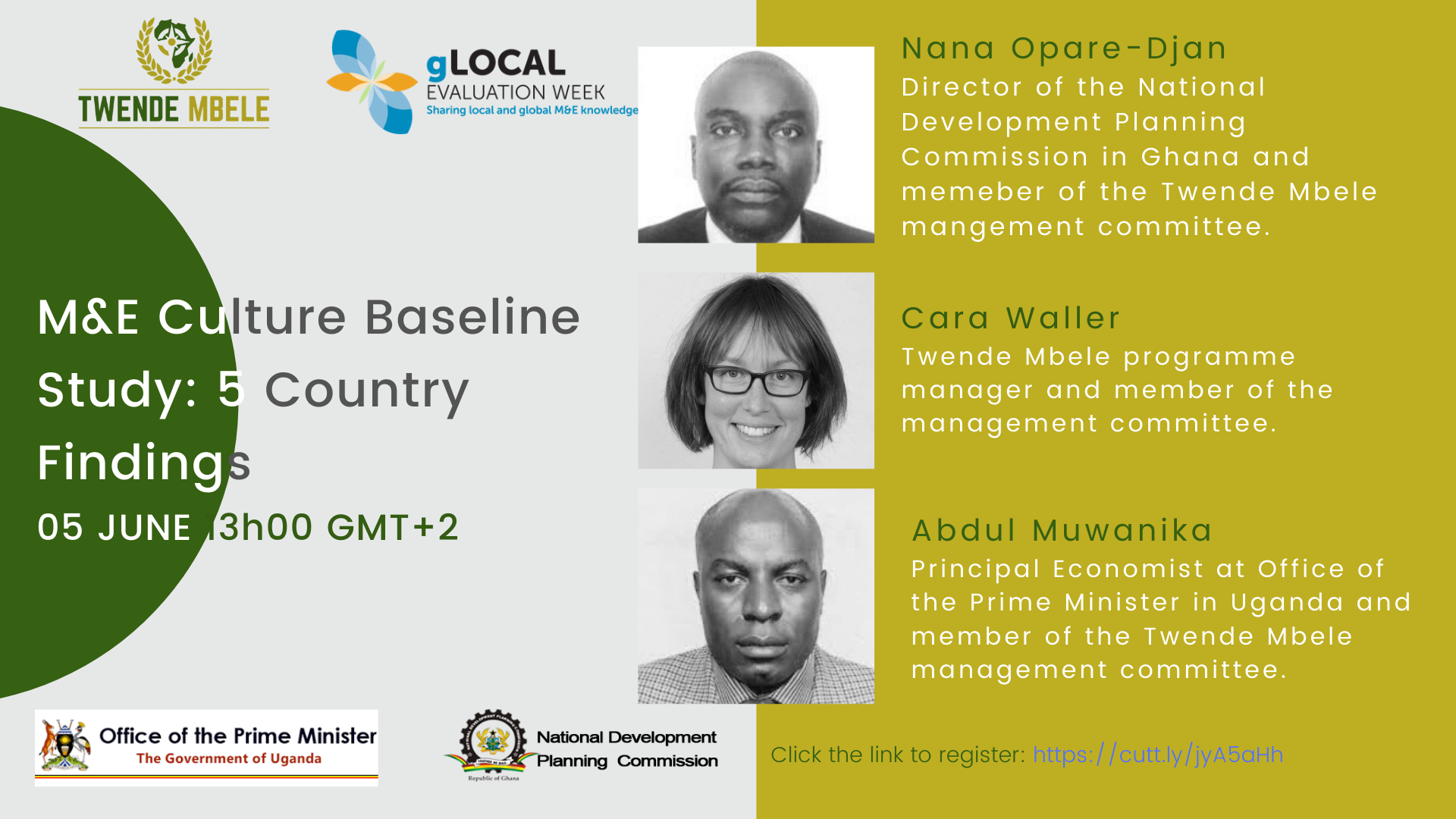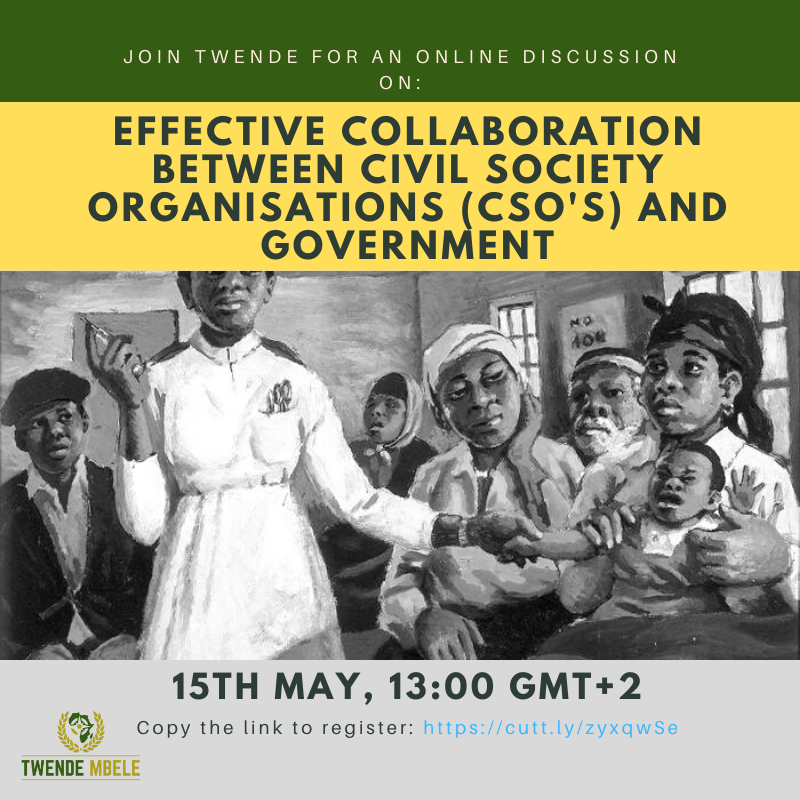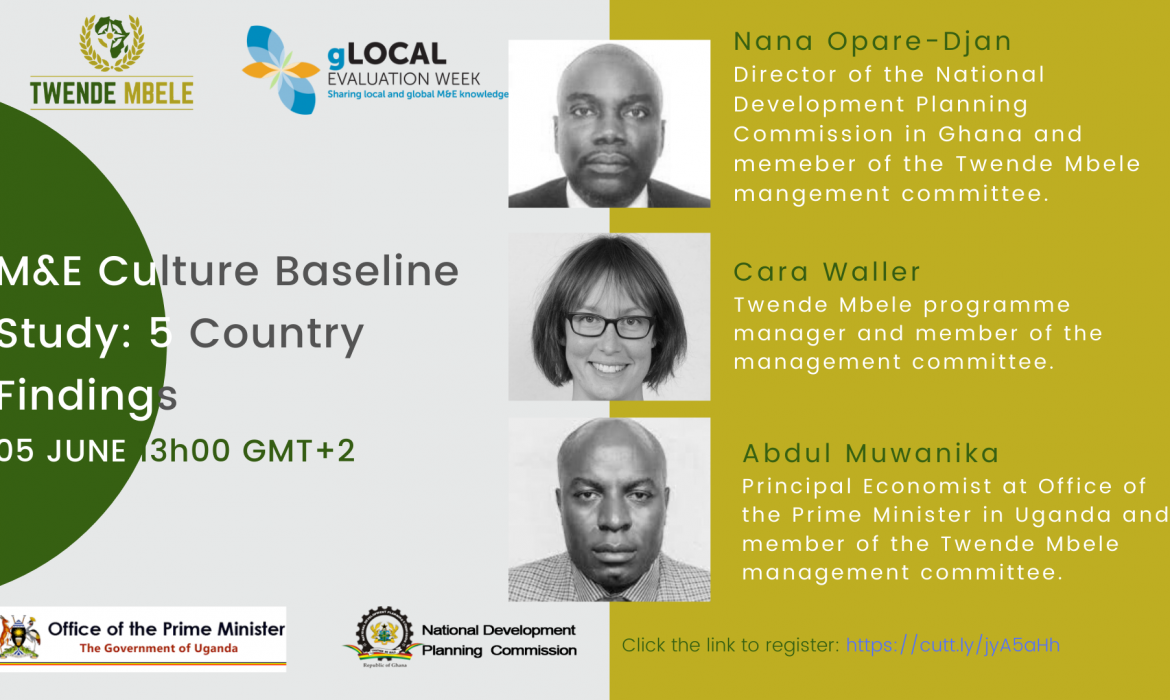User Feedback Survey

Please take 3 minutes to help us better meet your learning and knowledge needs. This survey will run until Friday the 31st July 2020. The results of this survey will allow Twende Mbele to improve on our key communications and knowledge production areas.
Nous vous invitons à prendre 3 minutes de votre temps pour répondre à ce sondage a fin de nous aider à mieux adresser vos besoin d’apprentisage et de savoir-faire. Le sondage sera disponible jusqu’au **vendredi 31 juillet 2020** pour vous laisser assez de temps pour y répondre. Les réponses permettront à Twende Mbele d’améliorer nos systèmes de communication.
For English survey, please click here….
Pour accéder au sondage en français, cliquez ici …
Pamoja Newsletter – July 2020

Welcome to the latest edition of the Pamoja newsletter. We hope you are safe during these uncertain times! After almost two years in the making, we are particularly proud and excited to report that both Niger and Kenya have become core country partners in the Twende Mbele programme. This is to say that the two countries now sit in the management committee where programmatic decisions are made. We salute all the health workers, doctors, nurses and scientists who are working around the clock to save lives and bring an end to this virus. We also salute our partner country members who form part of the various COVID-19 task teams put together to combat the spread of the COVID-19 pandemic. The pandemic has disrupted the way of life for many around the world, and Africa is not exception. Remote learning, teaching and working have become the new norm as countries look to stop the spread of the virus.
Lorem ipsum dolor sit amet, consectetur adipiscing elit. Ut elit tellus, luctus nec ullamcorper mattis, pulvinar dapibus leo.
Webinar Alert – 15 May 2020
Join us for a webinar titled, “Effective Collaboration Between Civil Society Organisations (CSOs) and Government”. This webinar will bring together Government Officials, M&E practitioners, researchers and experts who work in/with Civil Society Organizations (CSOs). It will focus on some of the work done by Twende Mbele through its partnership with (CLEAR-AA), and the work done by other organizations and institutions in various sectors across the African Continent.
This webinar will tap into the experiences of our partners working in/with CSOs in countries such as Ghana, South Africa and others, particularly on areas for enhanced collaboration between CSO’s and government in the national monitoring and evaluation systems (NMES), for the purposes of improving accountability and government performance.
Use the following link to register for the webinar: https://cutt.ly/zyxqwSe
Second annual gLocal Evaluation Week – 2020

With the ten-year countdown to the Sustainable Development Goals underway, Systems to evaluate the impact of policies and monitor their progress are more important than ever. To sustain the momentum of global efforts to promote monitoring and evaluation capacity the CLEAR Initiative will convene the second annual gLOCAL Evaluation Week from June 1nd to 5th of this year. To take part in this year’s gLOCAL Evaluation Week, simply register and submit your proposal. Applications close 6th March 2020. Click here to register….
Pamoja Newsletter – February 2020 Autumn Edition

Welcome to the latest edition of the Pamoja newsletter. After almost two years in the making, we are particularly proud and excited to report that both Benin and Uganda have adapted the Management Performance Assessment Tool (MPAT), with Benin being the first to pilot the Tool. Read more about what we are trying to achieve in the blog below. Kenya completed Diagnostic Study of the Gender Responsiveness of the National Integrated Monitoring and Evaluation System (NIMES). The study was commissioned by the National Treasury and Planning (Ministry) through the Monitoring and Evaluation Directorate with support from Twende Mbele. The results are fairly consistent with other countries who have completed the tool, and we look forward to working with Kenya as they implement the recommendations.





 CreativeBox
CreativeBox
